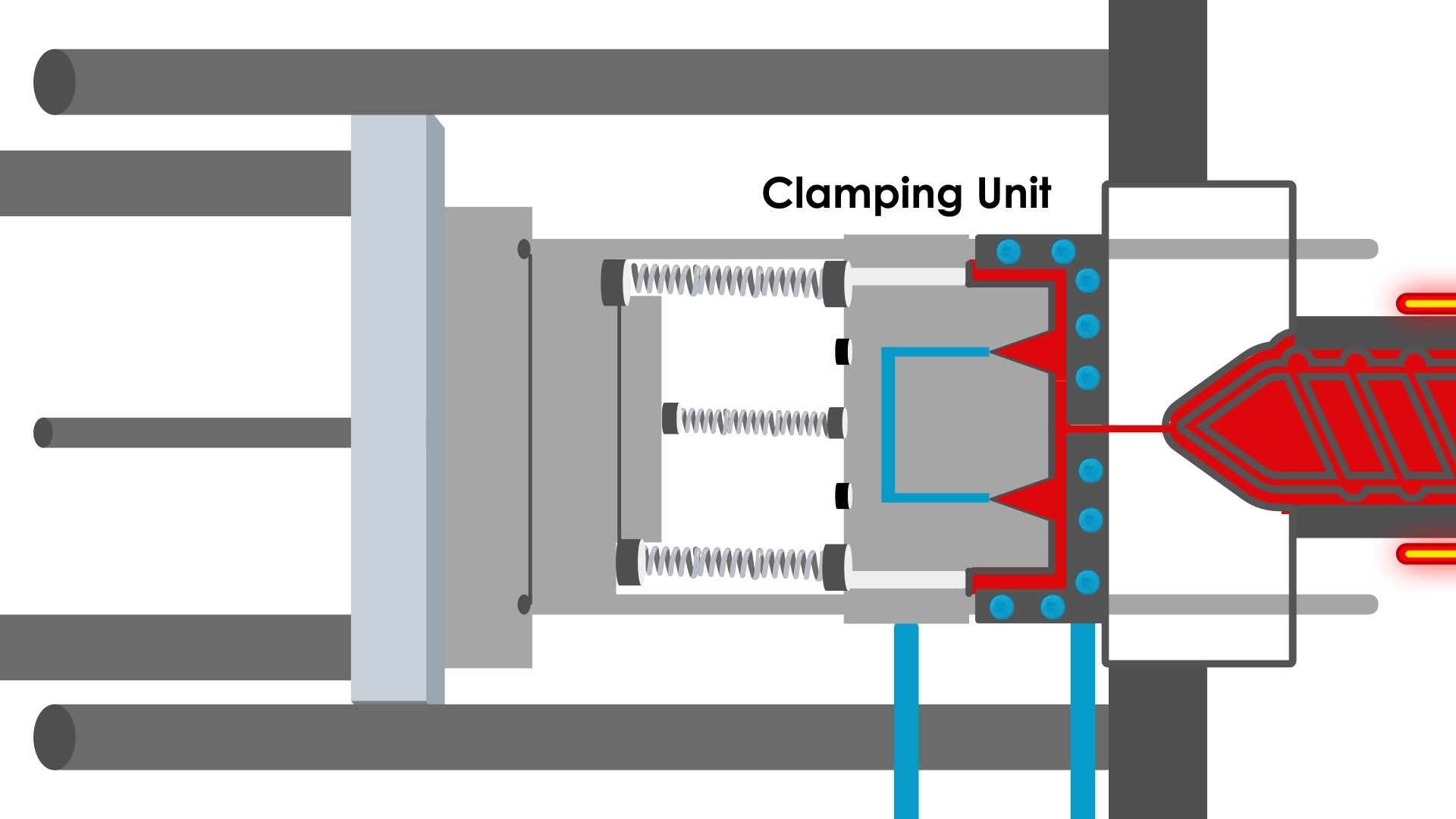Injection molding is a popular manufacturing process capable of producing parts or products in large volumes. The primary materials used to create parts in an injection molding process include metal, glass, rubber, or plastic. The method of injection molding is similar to making jello. It’s a process whereby molten materials are poured into a mold where it’s left to cool, harden and take shape and form of the mold.

What is plastic injection molding?
Plastic injection molding is manufacturing plastic parts by injecting molten plastic into a metal mold using a plastic molding machine.
The process started in 1872 when John Wesley Hyatt, the American inventor, designed the first plastic injection molding machine to substitute ivory billiard balls with plastic balls.
Although he wasn’t able to meet the needs of the market with his product, his machine remains relevant. Ever since the invention of the plastic molding machine, the plastic manufacturing industry has evolved greatly. The industry has evolved from producing small plastic parts to manufacturing complex medical equipment today.
What products are made using the plastic molding machine?
Manufacturers use plastic molding machines to produce goods of all kinds in high volume. You can use the plastic molding machine to produce any object, starting from a large garbage can to things like a mobile phone case.
However, plastic injection molding is mainly used to produce non-consumer parts in places where visual aesthetics aren’t essential, like mechanical parts. This is because the plastic molding process often leaves some defects or impurities on the plastic part.
What is the plastic injection molding process?
In simple terms, plastic injection molding involves these four steps:
- Melt material
- Inject the molten material into a mold
- Let the molten material cool to a solid-state
- Remove the hardened material from the mold
Before continuing the injection molding process, we must address plastic molding machines. The parts of a plastic molding machine include:
- Injection Unit
- Clamping Unit
- Control
- Base
How a plastic molding machine works
To begin the plastic molding process, plastic pellets are poured from a hopper into a barrel. An internal auger is installed in the barrel. Heater bands installed on the outside of the barrel provide heat and screws, thereby dissolving the plastic and turning it into a molten state.
After materials are deposited in the machine, the mold closes, and the auger applies pressure on the mold. The auger helps to spread the molten plastic to fill up every part of the mold, also called the cavity.
To facilitate the cooling process, a coolant (mostly water) is released into the mold through channels. The molten plastic takes at most 60 seconds in the mold before it solidifies and takes the shape of the mold.
After the plastic has cooled and hardened, the mold is opened, and the finished product is ejected. After the plastic molding machine ejects the finished product, the manufacturing process can begin again. This way, the machine can produce many products in record time.







